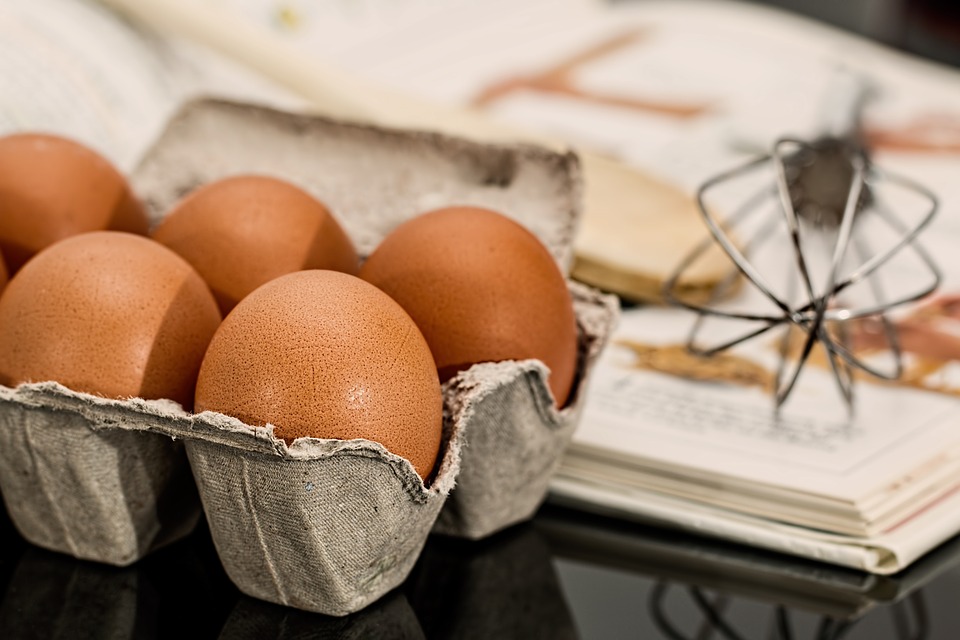⚠️ Test Running in Guest Mode
Important: Your final mark will not be saved.
Protein GapFill
You must fill all the gaps before clicking ‘Check Answers!’

Proteins are organic macromolecules built from , bound together into long chains.There are about 20 different amino acids which can combine to make a molecule of protein. Some of the amino acids can be built by the body from scratch – for this reason they are called 'dispensable'. If an amino acid cannot be built by the body from scratch, it is called amino acid and has to be provided as a part of a healthy diet.
There are essential amino acids and if they are all present in a molecule of protein, such protein is called a complete protein and has a . If one or more of the amino acids is missing, the protein is considered protein.
Protein allows us to combine two or more sources of low biological value proteins to make a protein. An example of this is . Complete proteins occur mostly in , but also in and .
Proteins are necessary to build , enzymes and hormones. They can also be used as a source of energy – this means that they are only used as a source of energy if other sources (carbohydrates and fats) are not available.
If a person eats too little protein, they may develop a disease called
. Too much protein can also be harmful for the body, causing harm to the liver and the kidneys.